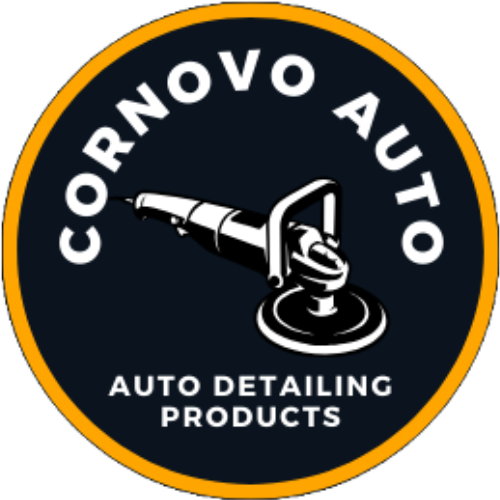Title: Mastering the Art of Detailing: How to Use a Wool Buffing Pad
Introduction
The finish of a vehicle or any other surface can significantly be enhanced by buffing using a wool pad. Known for its effectiveness in removing scratches, oxidation, swirl marks, and other surface defects, a wool buffing pad is an essential tool for both professionals and DIY enthusiasts. However, the true art of buffing lies in knowing not just when to use one, but also how to adopt the right methods. This blog will guide you on the how-to’s of effectively using a wool buffing pad.
What’s a Wool Buffing Pad?
Before we delve into the practical details, let’s understand the tool we’re dealing with. A wool buffing pad is typically made with a mixture of both synthetic fibers and natural wool, creating a tough but gentle, efficient cleaning tool. They are available in various forms, including twisted, knitted and tufted pads, each meant for particular types of polishing jobs.
Steps on How to Use a Wool Buffing Pad
1. Choose the Right Wool Buffing Pad: The first step is finding the ideal wool pad for your needs. Depending on the task at hand, whether you’re trying to remove heavy oxidation or you are working on fine finishing, the type of wool pad should be selected accordingly.
2. Attach the Wool Buffing Pad: To begin, connect your buffing pad to the machine you’re using (like a rotary polisher). Make sure it’s firmly affixed to the backing plate to prevent it from dislodging during the buffing process.
3. Apply Your Chosen Compound: Before starting, apply a suitable buffing compound onto the pad. Its quantity should be adequate to cover the task area but not to oversaturate the pad.
4. Start Buffing: Turn on the machine and begin moving the wool buffing pad across the surface. Always start at a relatively low speed, gradually increasing as you move along. Remember, the motion should be smooth and even, overlapping your previous path by about 50% each time to ensure a balanced finish.
5. Regular Cleaning: After each section, make the pad touch a wool pad spur or brush to loosen any accumulated compound or removed paint. This practice helps maintain optimal performance of your wool buffet pad.
6. Repeat: If needed, repeat the process over the same area until you achieve the desired result.
7. Final Touch: After the buffing process, clean the area with a microfiber towel to remove any leftover compound.
Handy Tips:
– Avoid exerting too much pressure during the buffing process, letting the pad and machine do the work.
– Avoid using a wool buffing pad on surfaces that are dirty or have loose debris, to prevent it from causing more harm than good.
– Always wear protective gear, especially eyewear and gloves, during the buffing process for safety purposes.
– Always clean your wool buffing pad after usage to preserve its lifespan.
Conclusion
With all said and done, using a wool buffing pad is an art that perfects with time and experience. Yet with a keen understanding of the steps and precautions, achieving a professional-level finish is possible in the comfort of your own garage. Remember, patience is key! Enjoy the journey of mastering this tool, and bear witness to the remarkable transformations it brings. Happy buffing!


